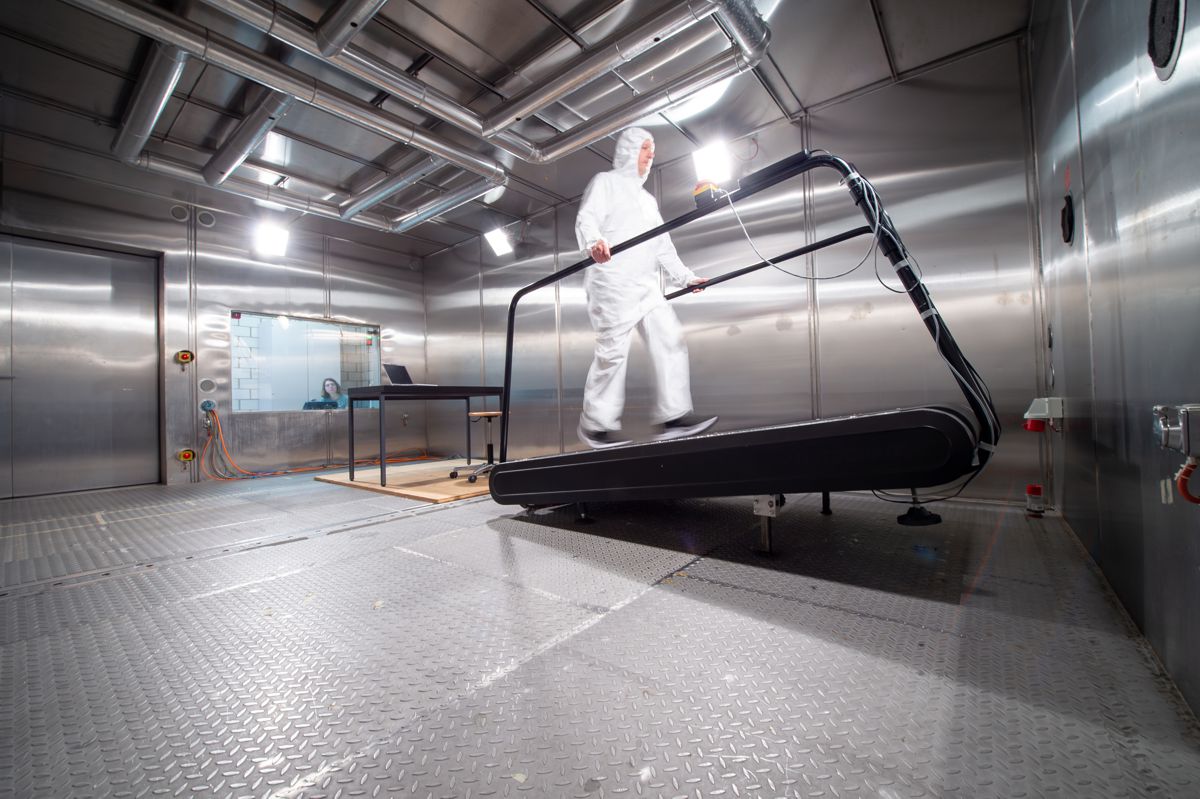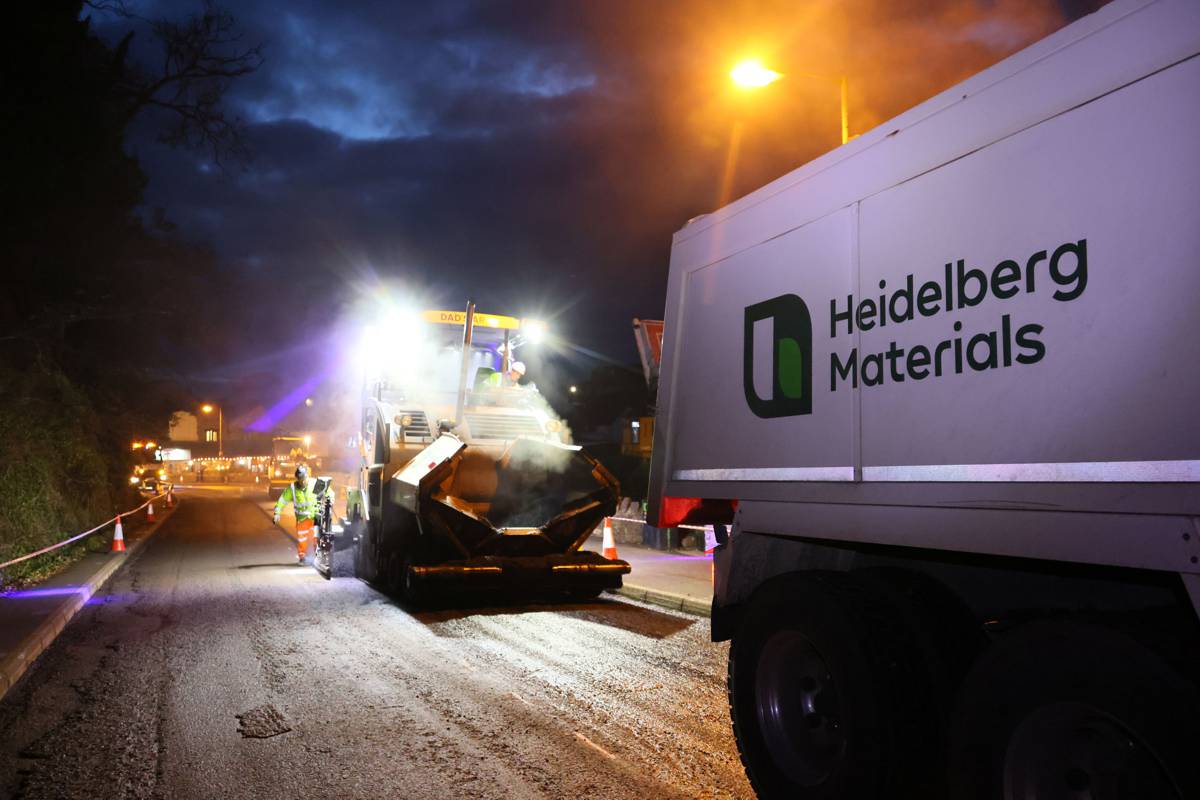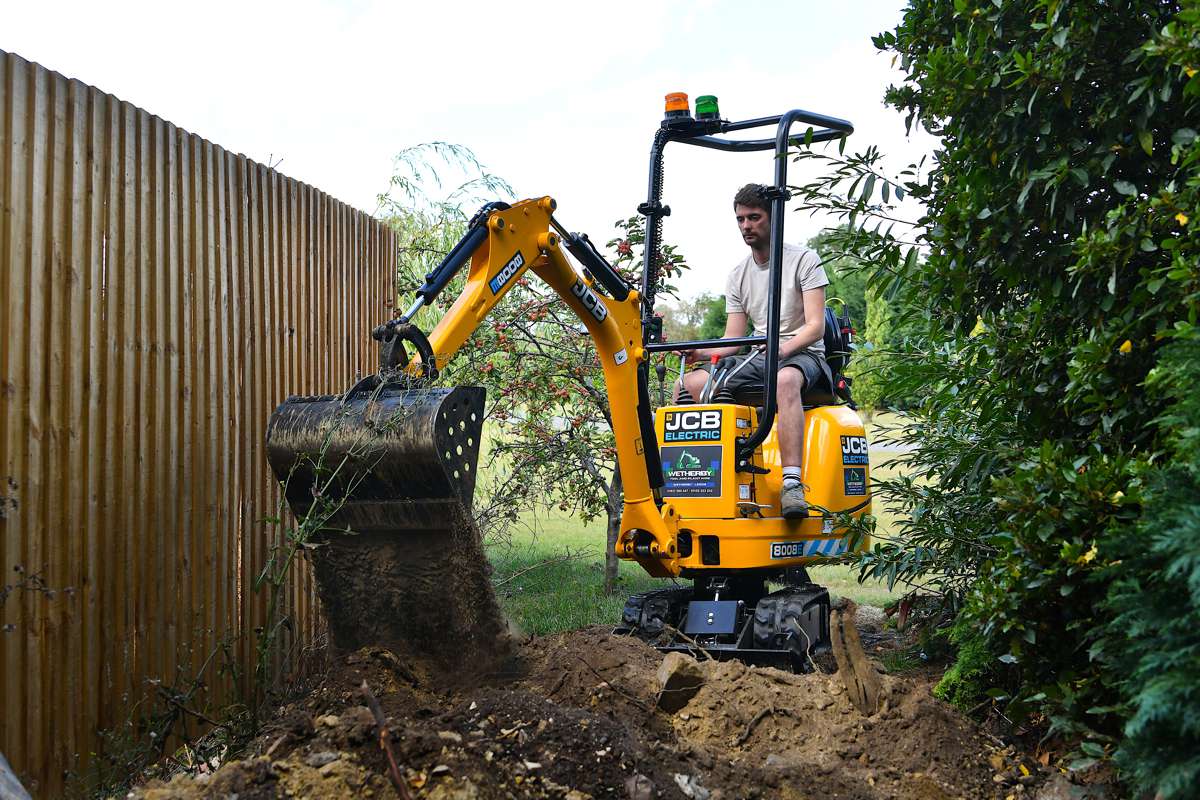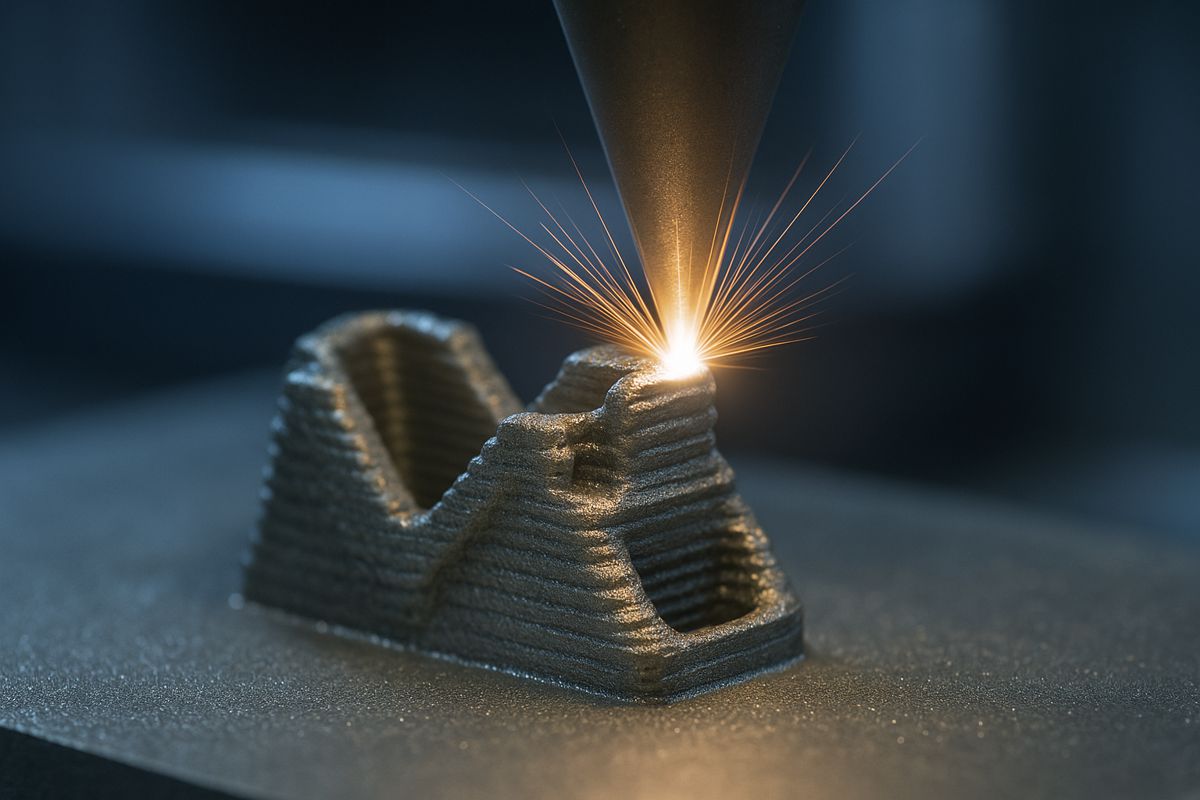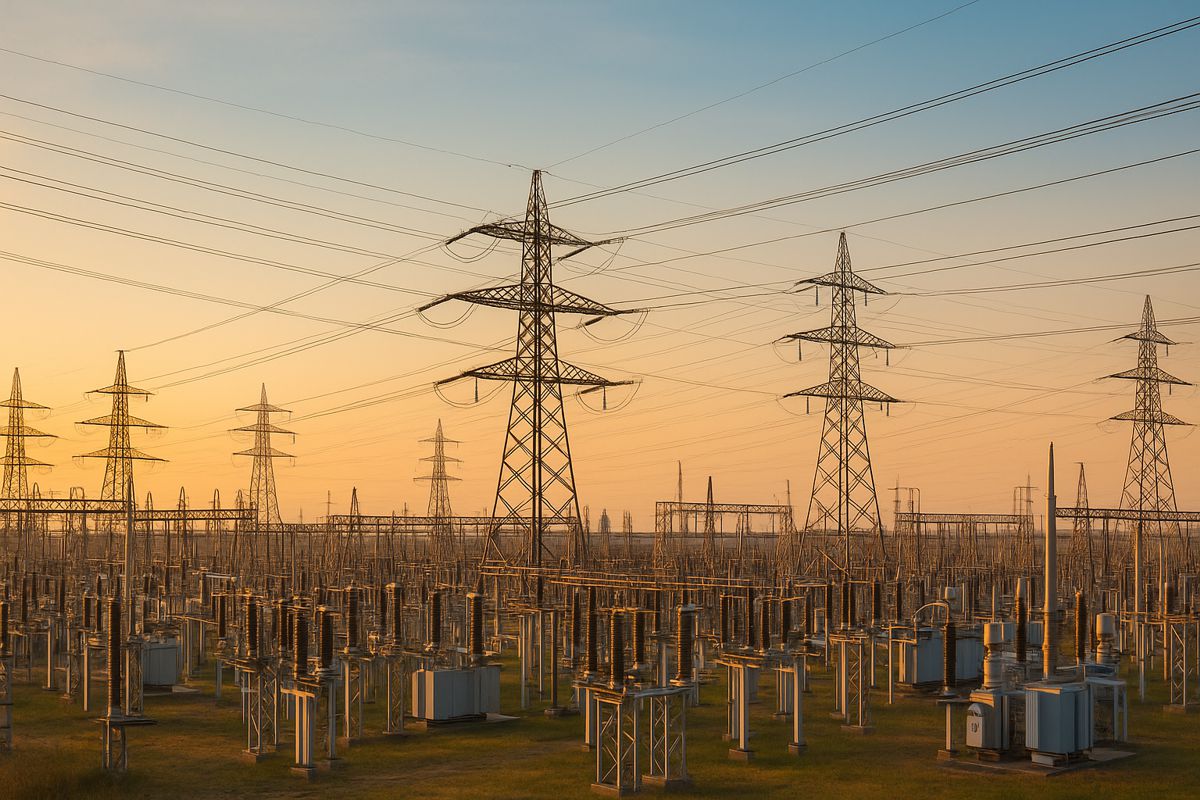Wastewater Treatment Right at the Source
Centralised wastewater treatment has long been the backbone of sanitation infrastructure. Yet, when it comes to remote or decentralised areas, it often falls short.
Conventional systems focus on disinfection and reducing turbidity, neglecting the deeper issue of breaking down stubborn organic pollutants. But here’s a game-changer: a cutting-edge electrochemical device that tackles wastewater treatment right at its source, developed by the brilliant minds at the Korea Institute of Science and Technology (KIST).
Why Centralised Systems Don’t Always Work
In urban hubs, wastewater is piped to colossal treatment plants designed for bulk processing. But this system falters in rural or decentralised regions where access to such infrastructure is limited. Small-scale treatment units often focus only on superficial fixes—like disinfection—while failing to tackle recalcitrant organic pollutants.
Even industrial facilities with in-house systems face hurdles. Toxic wastewater frequently requires additional transport to central plants for complete treatment, piling on costs and logistical headaches.
How the KIST Device Stands Out
Researchers at KIST, led by Dr. Sang Hoon Kim, Dr. Jong Min Kim, and Dr. Sang Soo Han, have developed a compact yet mighty electrochemical device. Designed to operate directly at pollution sites, this innovation takes wastewater treatment to a whole new level. The device doesn’t just purify water; it mineralises recalcitrant organic pollutants into harmless inorganic compounds, meeting discharge standards effortlessly.
What’s the secret sauce? Unlike traditional methods that merely generate hydrogen peroxide (a potent oxidant), this device uses a continuous flow cell approach. By circulating wastewater within the system, it ensures thorough mixing and rapid decomposition of organic matter. The result? A much higher efficiency compared to conventional treatment tanks.
Why Total Organic Carbon Matters
One of the key measures of wastewater treatment effectiveness is Total Organic Carbon (TOC). This indicator reflects the amount of organic material in water. Complete mineralisation—breaking down pollutants into their inorganic components—reduces TOC and renders the water non-toxic.
Interestingly, the Ministry of Environment recently updated its wastewater discharge standards, including TOC for the first time in nearly half a century. This change underscores the urgency for more stringent treatment technologies, making the KIST device a timely innovation.
Real-World Results
During trials, the KIST team demonstrated a remarkable 93% reduction in TOC for a 50ppm bisphenol A solution in just two hours.
Unlike conventional oxidation treatments, which often leave toxic intermediates, this device ensures complete degradation, eliminating harmful by-products altogether.
A Peek Inside the Flow Cell
At its core, the device incorporates a continuous flow system that optimises hydrogen peroxide generation and ensures even distribution throughout the wastewater. This seamless circulation maximises the oxidation process, breaking down organic pollutants faster and more effectively.
Additionally, the design’s repetitive flow structure means that stubborn pollutants don’t stand a chance. Compared to older methods requiring multiple treatment steps, this streamlined approach is both efficient and eco-friendly.
Scaling Up the Innovation
With patents pending for the device and its innovative processing method, the KIST team is already exploring commercialisation opportunities. The compact size and scalability make it ideal for various applications—from decentralised rural settings to industrial wastewater management.
By tackling pollutants on-site, this technology eliminates the need for costly transportation and centralised processing. It’s a win-win for both the environment and industries looking to streamline operations.
Redefining Wastewater Management
The global demand for sustainable water treatment solutions has never been higher. From addressing water scarcity to combating pollution, innovations like the KIST device could play a pivotal role in reshaping how wastewater is managed worldwide.
By aligning with stricter environmental regulations, such as those incorporating TOC standards, this technology ensures compliance while fostering a cleaner, greener future.
A Leap Towards Cleaner Waters
The KIST team’s electrochemical wastewater treatment device is more than just a technological marvel; it’s a step towards decentralised, efficient, and sustainable water management. With its ability to mineralise recalcitrant pollutants at their source, it promises to transform wastewater treatment in both rural and industrial settings.
As this innovation moves closer to commercialisation, one thing’s clear: the future of wastewater management is decentralised, efficient, and undeniably bright.










